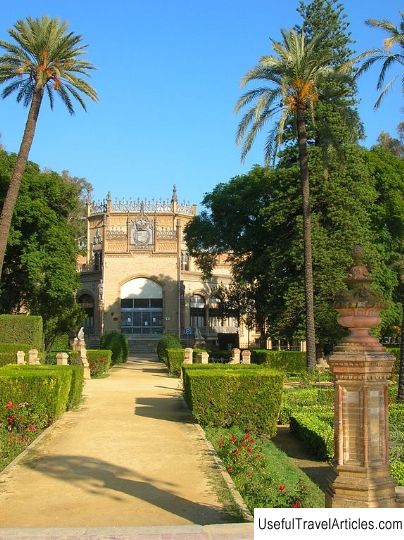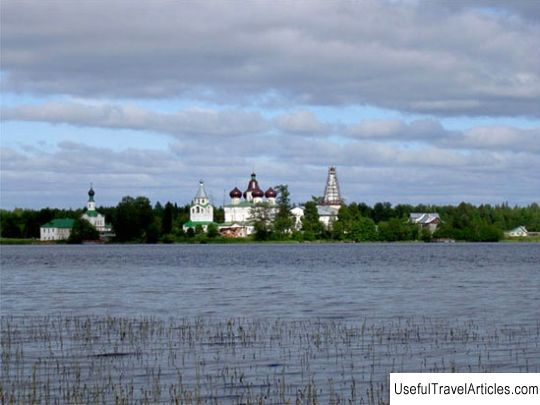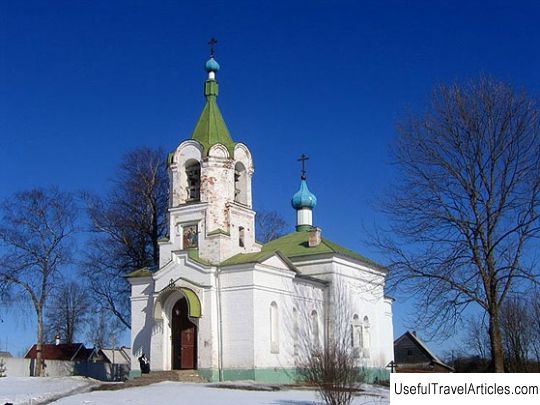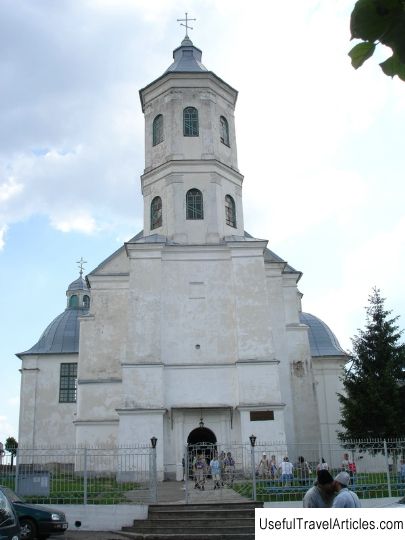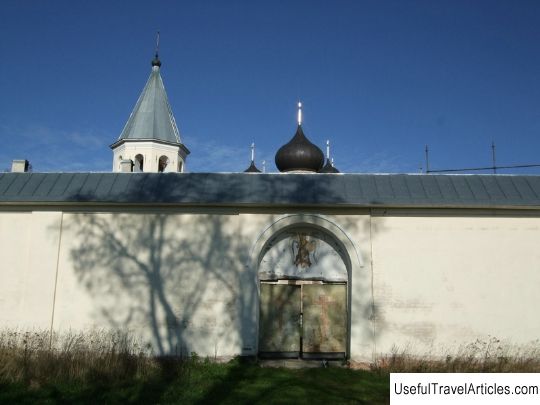Anthony-Dymsky Holy Trinity Monastery description and photos - Russia - Leningrad region: Boksitogorsky district
Rating: 8,2/10 (157 votes) 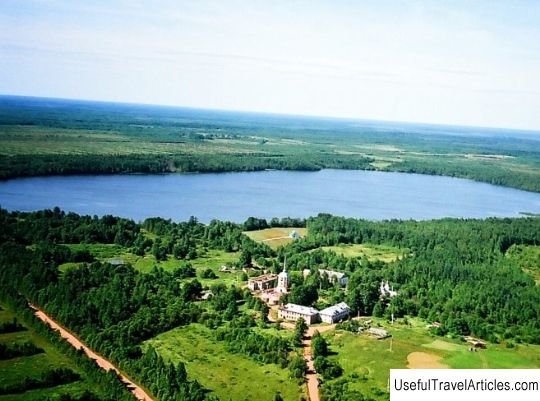
Anthony-Dymsky Holy Trinity Monastery description and photos - Russia - Leningrad Region: Boksitogorsky District. Detailed information about the attraction. Description, photos and a map showing the nearest significant objects. Photo and descriptionThe Holy Trinity Anthony-Dymsky Monastery is a male monastery located in the small village of Krasny Bronevik in the Leningrad Region, 17 km from Tikhvin and 20 km from Boksitogorsk. The first information about the monastery appears in the life of the Monk Anthony, the earliest of which dates back to the 17th century. Another source was information from the late 18th - early 19th centuries, which are the processing of the life of St. Theodosius of Totma. Today, the publication of the monastery inventory in 1583 and the letters of the Metropolitan of Novgorod Varlaam, from which you can learn a lot about the historical development of the monastery, have survived. According to legend, the founding of the monastery took place with the support of the Monk Anthony on the territory of the Novgorod Republic around 1200. It is known that the founder of the monastery was a student of Varlaam Khutynsky, who died in the summer of 1224 and whose relics were placed in the shrine of the Anthony Church. In the middle of 1409, the monastery was almost completely destroyed due to the invasion of Edigei on the territory of the Novgorod land. Seeing the approach of the enemy troops, the monks managed to sing a prayer service at the relics of Saint Anthony and hid them under a stone slab. The church utensils available in the monastery, as well as chains and bells were hidden at the bottom of Lake Dymskoye. In 1578, the ruin of the Valaam monastery followed again, after which its monks moved to the Antonievo-Dymsky monastery. In 1611, the monastery again survived an attack by Swedish troops, but the Swedes, under the leadership of Jacob Delagardie, were never able to bring down the Assumption Monastery. why they decided to destroy the Dym monastery. The monastery was never able to resist the crushing army, and the monks dispersed to the local environs, and cells and temples were completely destroyed. In 1626, Tsar Mikhail Fedorovich issued an order to renew the Antonievo-Dymsky monastery, to which he gave his blessing of Patriarch Filaret. Already in 1655, during the reign of Alexei Mikhailovich, the first stone church was erected at the monastery by the backbreaking work of Abbot Filaret. In 1687, the monastery burned down again, after which it was rebuilt. It is known that during 1764 the secularization of the monastic land holdings was carried out, therefore the Anthony-Dymsky monastery was closed, and its cathedral church became a parish. Only in 1794 was a petition written by one of the archimandrites of the Tikhvin monastery to resume the work of the monastery, which was addressed to Metropolitan Gabriel of Novgorod and St. Petersburg. The Metropolitan signed the papers on the restoration of the monastery on September 1, 1794. According to a decree of April 19, 1799, Emperor Paul donated two thousand pine trees from the state treasury for the repair of the monastery. In the middle of the 19th century, the Antonievo-Dymsky Monastery was completely renovated and repaired, and the largest number of wooden buildings were replaced by stone ones. Throughout 1839, a high stone fence with several turrets and equipped with the Holy Gates was built around the perimeter of the monastery. In 1840, a fraternal corps was built, and 6 years later - the second floor for this building with a kitchen and a large refectory. In 1850, many household buildings were erected, necessary for the maintenance of the monastery. In 1919 the monastery was closed, and already in 1921 the monastery premises were occupied by a shelter for the elderly and cripples. In mid-1929, a community was created, housed in the monastery building, which was engaged in the production of bricks. After the Great Patriotic War ended, a school for tractor drivers was created in the monastery building, after which it began to operate a psychiatric hospital. In the early 1990s, only the foundation of the four-tier cathedral bell tower, a two-story cell building, the premises of a church school, remained from the Anthony-Dymsky monastery. as well as some wooden buildings. Since 2000, the restoration of the Antonievo-Dymsky monastery has been carried out, which continues to this day.         We also recommend reading Tourbet El Bey Mausoleum description and photos - Tunisia: Tunisia Topic: Anthony-Dymsky Holy Trinity Monastery description and photos - Russia - Leningrad region: Boksitogorsky district. |
